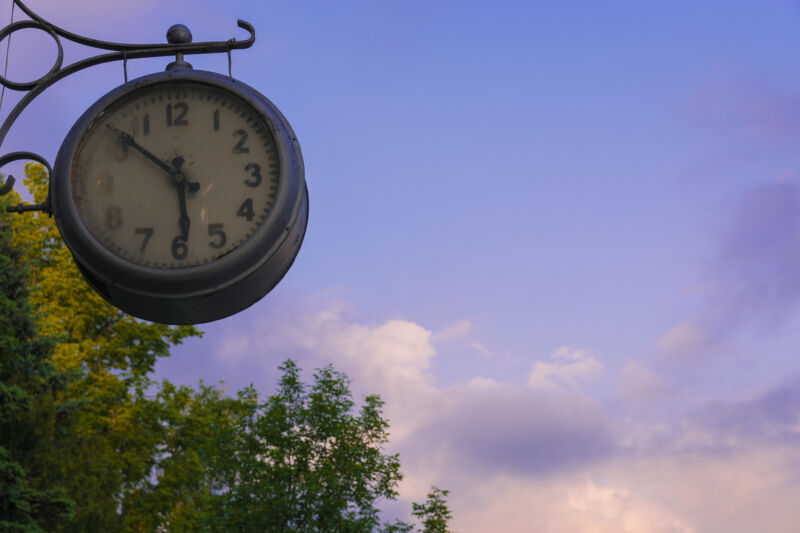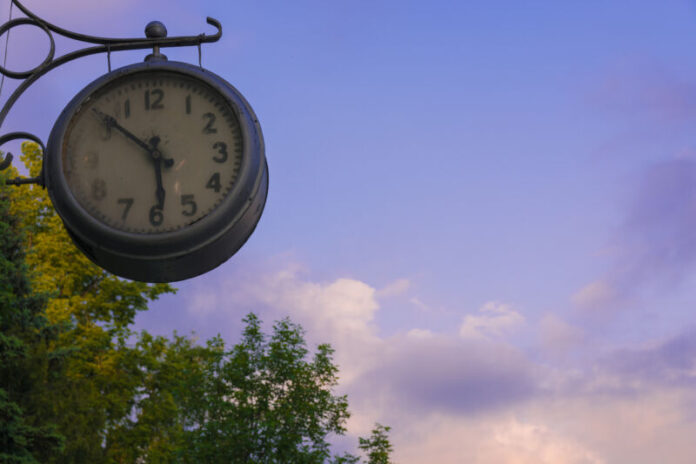
Enlarge (credit: Olga Eremeeva via Getty)
In the summer of 2017, when communication professor Jeffery Gentry moved from Oklahoma to accept a position at Eastern New Mexico University, he was pleasantly surprised to find it easier to get up in the morning. The difference, he realized, was early morning light. On September mornings in Portales, New Mexico, Gentry rose with the sun at around 6:30 am, but at that time of day in Oklahoma, it was still dark.
As the Earth rotates, the sun reaches the eastern edge of a time zone first, with sunrise and sunset occurring progressively later as you move west. Gentry’s move had taken him from the western side of Central Time in Oklahoma to the eastern edge of Mountain Time. Following his curiosity into the scientific literature, he discovered the field of chronobiology, the study of biological rhythms, such as how cycles of daylight and dark affect living things. “I really just stumbled upon it from being a guinea pig in my own experiment,” he said.
In 2022, Gentry and an interdisciplinary team of colleagues added to that body of research, publishing a study in the journal Time & Society that showed the rate of fatal motor-vehicle accidents was highest for people living in the far west of a time zone, where the sun rises and sets at least an hour later than on the eastern side. Chronobiology research shows that longer evening light can keep people up later and that, as Gentry found, morning darkness can make it harder to get going for work or school. Western-edge folks may suffer more deadly car wrecks, the team theorized, because they are commuting in the dark while sleep deprived and not fully alert.
Read 55 remaining paragraphs | Comments
Ars Technica - All contentContinue reading/original-link]




